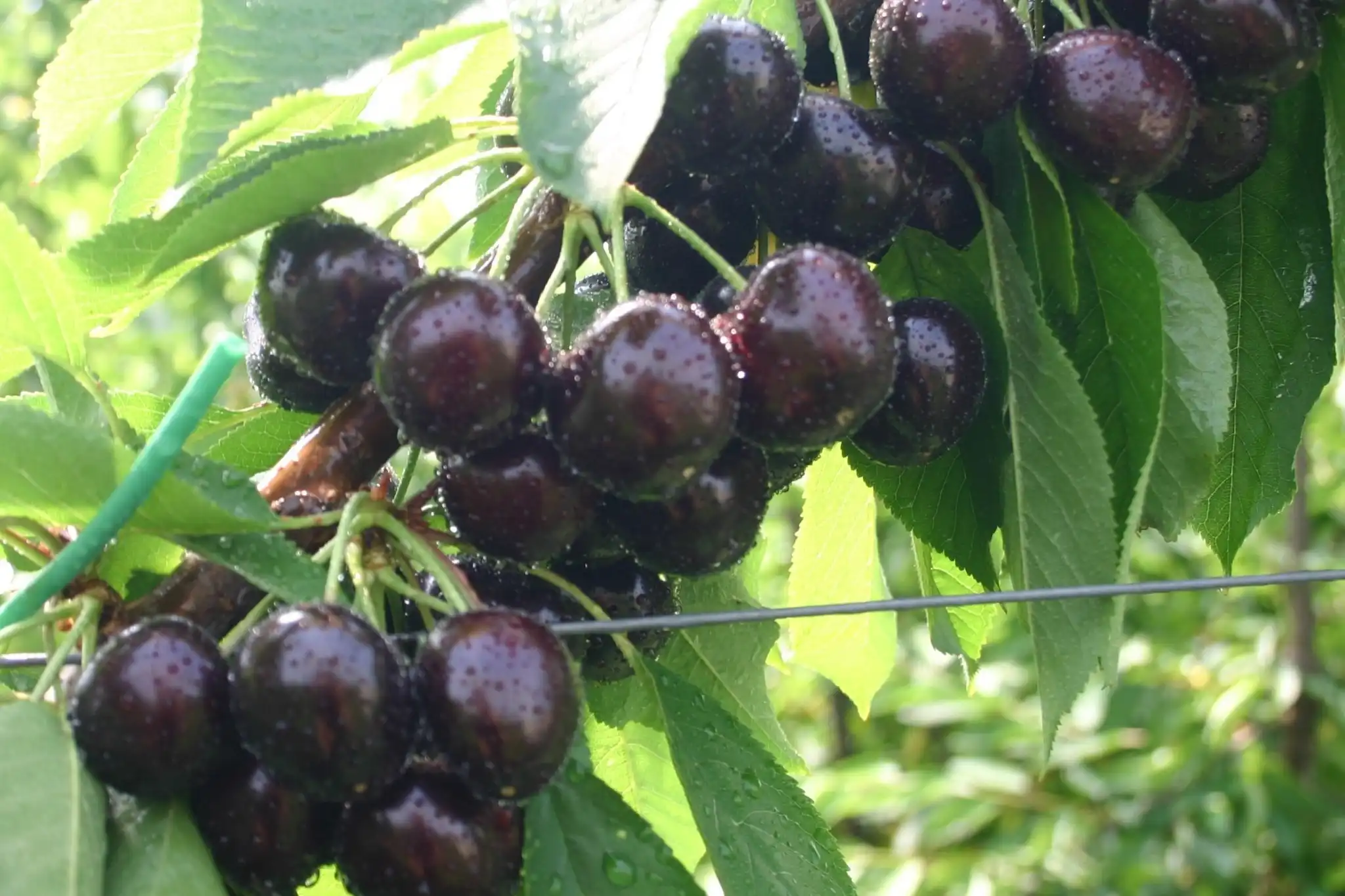In modern retail outlets, where sales are carried out on a self-service basis and there are no sales staff in contact with the public, the label has a fundamental function in communicating the product to the consumer.
Commenting on a pack of cherries on sale at Sainsbury's pointed out by British journalist Chris White, fresh produce marketing and communication expert Anna Parello analysed the label and drew some conclusions:
- the label contains a 'call to action', i.e. an invitation to the consumer: in this case to try the difference in taste
- the seasonality is highlighted through two pieces of information: 'best in season' and 'Summer edition'
- the element of differentiation is clearly specified: the label states that the product was harvested at its sweetest and juiciest
- the sales format (200g) favours an acceptable retail price
- a food education action is carried out by informing the consumer that an 80g portion is the serving size for one person and corresponds to 1 of the 5 portions per day recommended by the WHO.
- the consumer is given a clear indication of the recommended best-before date for optimal consumption (in my opinion, this recommendation is excessive and risks generating unnecessary waste);
- the label contains instructions for proper handling at home, without assuming that the consumer knows how to handle post-purchase, so as to optimise the buying experience and encourage repurchase
- the label contains complete 'technical' information: origin, producer, variety, size.
This label is an interesting example that gathers, in a small space, a concentration of clear, simple, comprehensible information that accompanies the consumer in his purchasing experience from the choice phase to the consumption phase. Moreover, the product is differentiated, offering the consumer additional value in terms of environmental, taste, educational, anti-waste and information.
"All this information in very little space translates into a gentle push to purchase," concludes Anna Parello, "A fine example of effective marketing, which other manufacturers and distributors could be inspired by".
 Spanish 30mm+ Santina cherries sold at Sainsbury's
Spanish 30mm+ Santina cherries sold at Sainsbury's
Cherry Times - All rights reserved











